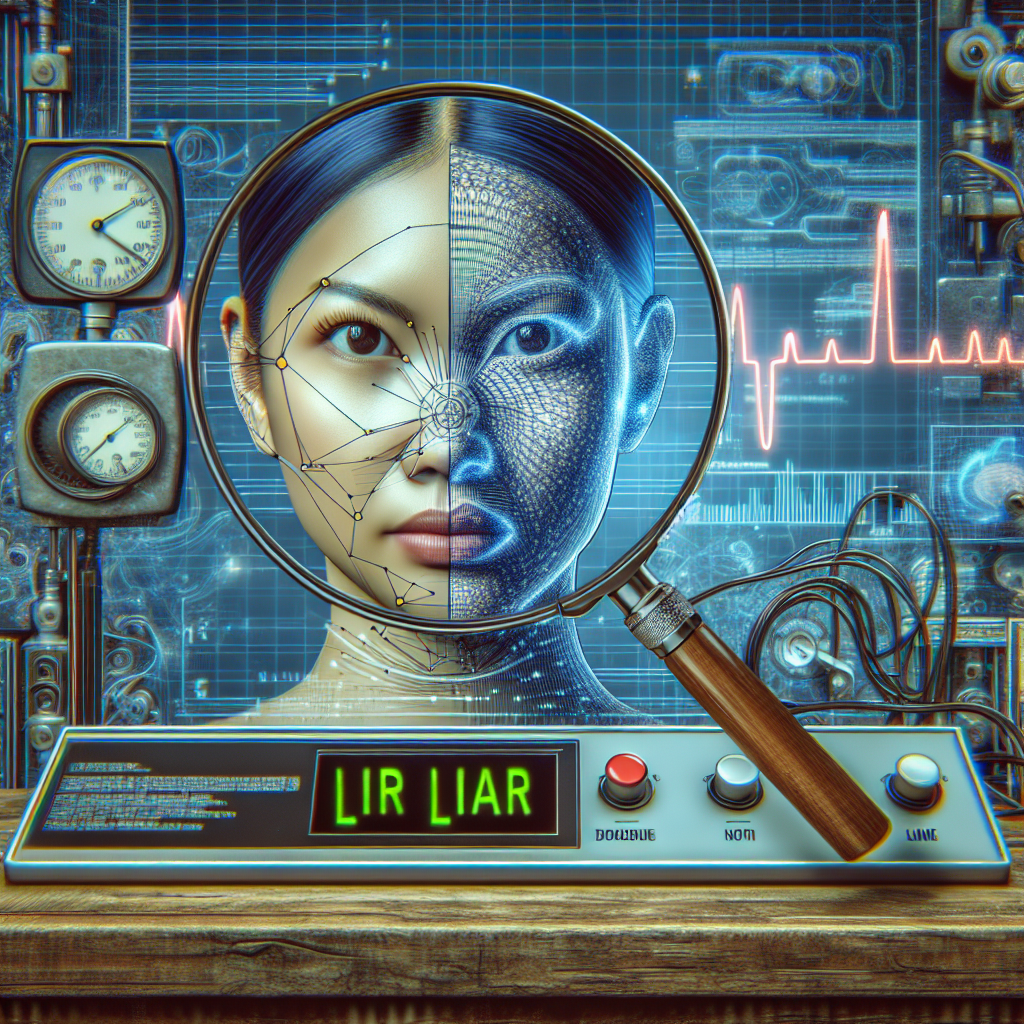Introduction
Imagine you’re sitting across from someone as they tell you a story. Their voice trembles, and you catch a fleeting expression on their face—was that a hint of fear? A flicker of guilt? What if I told you these microexpressions could reveal more than a thousand words? In a world that values honesty and transparency, the ability to decipher such subtle cues can be nothing short of invaluable. Welcome to Liar Liar: The Impact of Microexpressions on Deception Detection—a deep dive into the fascinating interplay between our facial expressions and the truths (or lies) they conceal.
Microexpressions are brief, involuntary facial expressions that occur when a person tries to conceal an emotion. This article will explore how microexpressions serve as telltale signs in deception detection, backed by scientific studies and intriguing case studies. By the end, you will not only understand how to read others better but also gain actionable insights for improving your own interpersonal skills.
Understanding Microexpressions
What Are Microexpressions?
Microexpressions are fleeting expressions lasting only a fraction of a second. Unlike regular facial expressions, which can be consciously controlled, microexpressions are involuntary and often reveal a person’s true feelings. According to Dr. Paul Ekman, a pioneer in the field of emotion and facial expression research, there are seven universal microexpressions linked to specific emotions: happiness, sadness, anger, surprise, fear, disgust, and contempt.
The Psychological Underpinning of Microexpressions
Microexpressions happen because our brain processes emotions faster than we can control them. For instance, when someone tells a lie, the fear associated with being caught can trigger a microexpression of fear or guilt before they consciously construct a deceptive story.
The Role of Microexpressions in Deception Detection
Why Microexpressions Matter
In the realm of communication, microexpressions can often serve as a “spontaneous truth” against the backdrop of told lies. Liar Liar: The Impact of Microexpressions on Deception Detection stems from the ability to detect these fleeting cues that are often at odds with verbal communication.
Table 1: Emotions and Their Associated Microexpressions
| Emotion | Microexpression Signs |
|---|---|
| Happiness | Lips stretching, eyes crinkling |
| Sadness | Drooped mouth corners |
| Anger | Eyebrows furrowing |
| Surprise | Raised eyebrows |
| Fear | Mouth open, eyes wide |
| Disgust | Nose wrinkling |
| Contempt | One-sided lip corner raising |
Real-World Applications of Microexpressions
Case Study 1: The Courtroom Drama
One of the most compelling areas to hone in on understanding microexpressions is in legal scenarios. In a landmark case, a seasoned defense attorney utilized microexpression analysis to determine the credibility of a key witness.
Analysis
During cross-examination, the witness’s expressions exhibited signs of contempt when discussing the defendant, indicating potential bias. This revelation was pivotal in underscoring the witness’s reliability, emphasizing why understanding Liar Liar: The Impact of Microexpressions on Deception Detection is crucial in legal frameworks.
Case Study 2: Corporate Espionage
In a corporate setting, facial expressions can play a critical role in negotiations. A company noted a significant increase in its profit margin after incorporating microexpression training for its negotiation team.
Analysis
Team members who learned to recognize subtle emotional cues reported more successful negotiations, as they could sense when the opposition was becoming defensive or uncomfortable—signs that often accompany dishonesty.
Tools and Techniques for Detecting Microexpressions
Emotion-Focused Approach
A significant part of Liar Liar: The Impact of Microexpressions on Deception Detection involves training to identify these fleeting cues accurately. Here are some techniques:
- Observation: Pay attention to facial shifts during conversations.
- Contextual Analysis: Frame microexpressions within the context of the discussion to gauge authenticity.
- Recording and Review: Use video recordings of conversations to analyze microexpressions post-interaction for improvement.
Enhancing Your Skills in Interpretation
Building Awareness
The first step to mastering microexpression detection is raising awareness. Like any skill, practice is key. Here’s how you can hone your skills:
- Role-Playing: Engage in scenarios where you practice both telling and hearing truths or lies. Observe how your facial expressions align with your statements.
- Video Games and Apps: Use technology to simulate interactions where you have to read microexpressions under pressure.
Real-World Practice
Look around—whether at social gatherings, in meetings, or on public transportation. Observing others and their microexpressions can provide valuable experiential learning.
Conclusion
As we’ve explored, the intriguing world captured by Liar Liar: The Impact of Microexpressions on Deception Detection offers greater insight into human interactions and the complexities of communication. Understanding microexpressions not only empowers you to detect deception more effectively but also fosters deeper relationships built on authentic communication.
By recognizing the subtle cues our faces convey, you can navigate social interactions with more confidence and skill. Whether in personal settings or high-stakes negotiations, the next time you feel unsure about the truthfulness of what you’re hearing, remember the power of microexpressions. They just might reveal the hidden layers beneath the surface.
FAQs
1. What are microexpressions?
Microexpressions are brief, involuntary facial expressions that reveal a person’s true emotions, often occurring when someone is trying to conceal their feelings.
2. How can I practice detecting microexpressions?
You can practice by observing people in various settings, using role-play scenarios, or even utilizing apps designed for training in emotional recognition.
3. How effective are microexpressions in deception detection?
Microexpressions are considered highly effective in detection, as they provide involuntary signals that contrast with what a person is verbally communicating.
4. Can everyone learn to read microexpressions?
Yes, with adequate training and practice, most people can learn to identify microexpressions and enhance their ability to detect deception.
5. Do microexpressions differ across cultures?
While some microexpressions are considered universal, cultural factors can influence how emotions are expressed and perceived.
By leveraging the knowledge and insights gained from this exploration into microexpressions, you can elevate your communication skills and become a more perceptive figure in both your personal and professional life.

